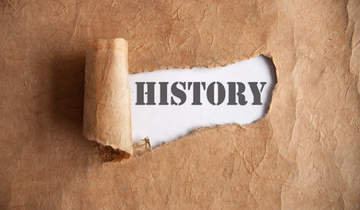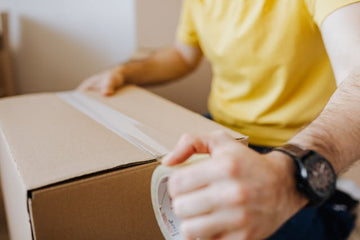Packaging has been an essential part of human civilization for thousands of years. From ancient amphorae to modern sustainable solutions, the evolution of packaging reflects changes in technology, culture, and the global economy. This journey through time highlights how packaging has adapted to meet the needs of societies across different eras.
Ancient Beginnings: Practicality and Preservation
Clay Pots and Amphorae
In ancient civilizations, such as Mesopotamia, Egypt, and Greece, packaging primarily served practical purposes. Clay pots and amphorae were used to store and transport goods like grains, olive oil, and wine. These containers were not only functional but also artistic, often decorated with intricate designs that told stories of the culture and time.
Animal Skins and Bladders
Before the advent of pottery, early humans utilized animal skins and bladders to carry liquids. These natural materials were readily available and effective at preserving contents, though they had limitations in terms of durability and hygiene.
Wooden Barrels
The Celts are credited with inventing the wooden barrel around 350 BC. This innovation significantly improved the storage and transportation of liquids, particularly wine and beer. Barrels remained a staple in packaging for centuries, favored for their strength and ability to be rolled for easy movement.
Middle Ages to Early Modern Period: Trade and Transformation
Glass Bottles
The production of glass bottles began in earnest during the Roman Empire but became more refined in the Middle Ages. Glass offered a non-porous alternative to clay and wood, preserving the taste and quality of contents more effectively. The transparency of glass also allowed for the visual inspection of the contents, a feature still appreciated today.
Paper and Parchment
Paper, first invented in China around 105 AD, gradually made its way to Europe and became a popular packaging material. By the 16th century, paper was used to wrap items like spices, confectionery, and medicines. Parchment and waxed paper also emerged as durable options for packaging perishables.
Industrial Revolution: The Rise of Mass Production
Tin Cans
The early 19th century saw the invention of the tin can, a revolutionary development in food preservation. Nicolas Appert’s method of sealing food in glass jars, later adapted to tin by Peter Durand, allowed for long-term storage and safe transportation of perishable goods. This was particularly crucial for feeding armies and fueling the growth of cities during the Industrial Revolution.
Cardboard and Corrugated Fiberboard
Corrugated cardboard, invented in the 1850s and later patented in 1871, transformed the packaging industry. Its lightweight yet sturdy structure made it ideal for shipping and protecting goods. By the early 20th century, cardboard boxes had become ubiquitous, supporting the rise of consumerism and the mail-order business.
Modern Era: Convenience, Branding, and Sustainability
Plastic Packaging
The development of plastics in the mid-20th century brought about a new era in packaging. Plastics offered versatility, durability, and cost-effectiveness, quickly becoming the material of choice for a wide range of products. From polyethylene bags to PET bottles, plastics revolutionized packaging but also introduced significant environmental challenges.
Branding and Marketing
As consumer culture evolved, packaging became a crucial component of marketing. Companies began to use packaging not just to protect products but to attract customers and convey brand identity. Iconic designs, like the Coca-Cola bottle or the Tiffany & Co. blue box, illustrate how packaging can become synonymous with a brand.
Sustainable Packaging
In recent decades, the environmental impact of packaging has come under scrutiny. The push for sustainability has led to innovations in biodegradable materials, recyclable packaging, and zero-waste solutions. Companies and consumers alike are increasingly prioritizing eco-friendly options, reflecting a broader shift towards environmental responsibility.
The Future of Packaging
As we look to the future, the evolution of packaging will likely continue to be driven by technological advancements and changing consumer preferences. Smart packaging, incorporating technologies like QR codes and NFC tags, is emerging to enhance user experience and supply chain transparency. Additionally, the ongoing quest for sustainability will push the development of new materials and methods to reduce the environmental footprint of packaging.
In conclusion, the history of packaging is a testament to human ingenuity and adaptability. From ancient amphorae to modern sustainable solutions, packaging has continually evolved to meet the needs of society. As we move forward, the balance between functionality, aesthetics, and sustainability will shape the next chapter in the story of packaging.





